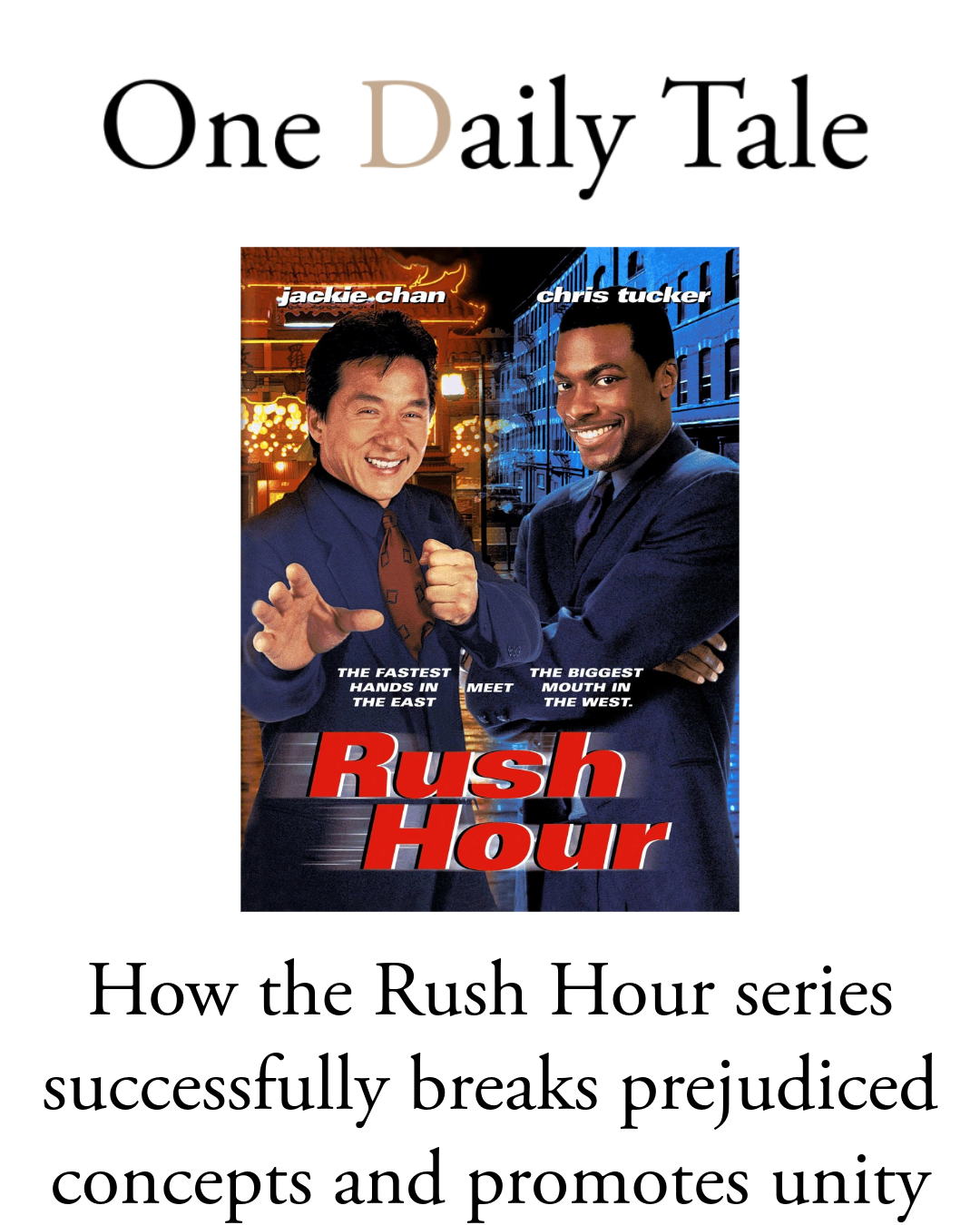We recently watched the movie Inside Out, released in 2015, produced by Pixar Animation Studios for Walt Disney Pictures, and directed by Pete Docter. The sequel was released on streaming platforms recently, and on a recommendation from my wife’s sister, we decided to watch the first installment before diving into the second. The story centers around the emotions of an 11-year-old child named Riley. Initially, as a baby, Riley experiences Joy as her sole emotion. However, soon Sadness enters the picture. As Riley grows, Fear, Disgust, and Anger join the mix, each playing their part in striving to give Riley the best life possible. The movie’s setting is deeply engaging, and since its themes align perfectly with One Daily Tale, I felt this was the perfect moment to discuss it.
The Science of Emotions and the Brain
Studies of the brain reveal that the right hemisphere governs our emotions. A baby’s brain operates predominantly through the right side, meaning it is driven entirely by emotions. Around the age of three, the left hemisphere begins to develop, bringing cognitive skills into the equation. The way emotions are regulated by a child’s primary caregiver during these formative years has a profound impact on their emotional development and behavior, influencing their future relationships, particularly romantic ones.
Fortunately, our brain possesses the remarkable ability of neuroplasticity, which allows it to change and rewire its circuits. This neuroplasticity is most active until about the age of 25, but we can extend it by cultivating healthy habits. These include maintaining strong social connections, engaging in regular fitness, embracing lifelong learning, tackling challenges, and becoming more self-aware. Nurturing neuroplasticity is essential for fostering a growth mindset, which entails the belief that we can improve and that our abilities are not fixed.
Real-World Lessons from Inside Out
Although Inside Out simplifies how emotions work, it effectively captures several real-world truths. The characters, though stereotypes, highlight how emotions often dominate children’s behavior. The depiction of the father’s emotions, which are more cognitively oriented and tend to remain in the background, contrasts sharply with the emotional immediacy experienced by children. These elements underscore the importance of understanding and managing our emotions—not just for children, but for adults as well.
Being self-aware of our emotional states is crucial. Research shows that identifying where we fall on the spectrum of energy (low to high) and pleasantness (low to high) can significantly improve emotional regulation. For instance, experiencing Sadness after a disappointment, such as Riley’s reaction to losing a game, is healthy and necessary. However, when sadness becomes overwhelming or prolonged, it can lead to depression. In Riley’s case, the support of her family and friends allowed her sadness to transform into a joyful memory.
The Power of Balance and Emotional Regulation
The movie beautifully conveys the importance of balance through the journey of Joy and Sadness, who must work together to help Riley. As social beings, we will inevitably encounter events that evoke emotions. Understanding and educating ourselves about these emotions can help us react appropriately and adapt when necessary. For instance, feelings of anger in response to injustice or inequity can motivate us to seek solutions, demonstrating the constructive potential of even “negative” emotions.
Recognizing and embracing my own emotions was a turning point that inspired me to create One Daily Tale. It made me realize that my life’s purpose extended beyond myself and that I could help others through my journey.
A Collective Effort Towards Growth
Progress happens step by step, habit by habit, and individual by individual. Yet, these steps are achievable by anyone willing to embark on the journey. As Alexandre Dumas eloquently put it in The Three Musketeers, “All for one and one for all.”
What about you? How do you manage your emotions and balance them in your daily life? Let us know your thoughts in the comments below!










Leave a Reply